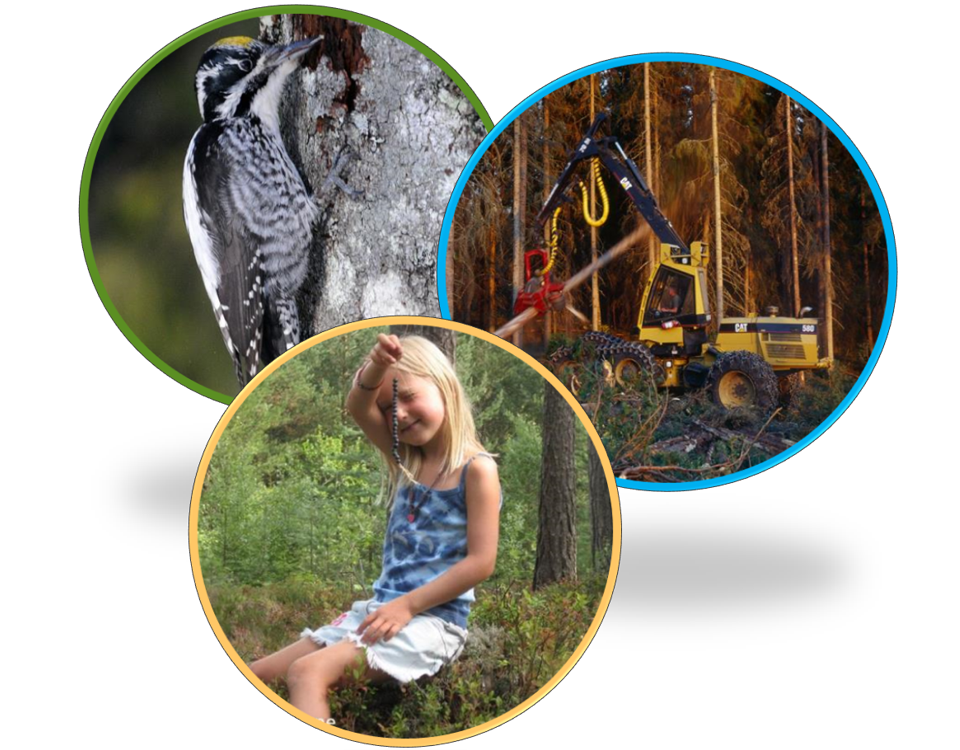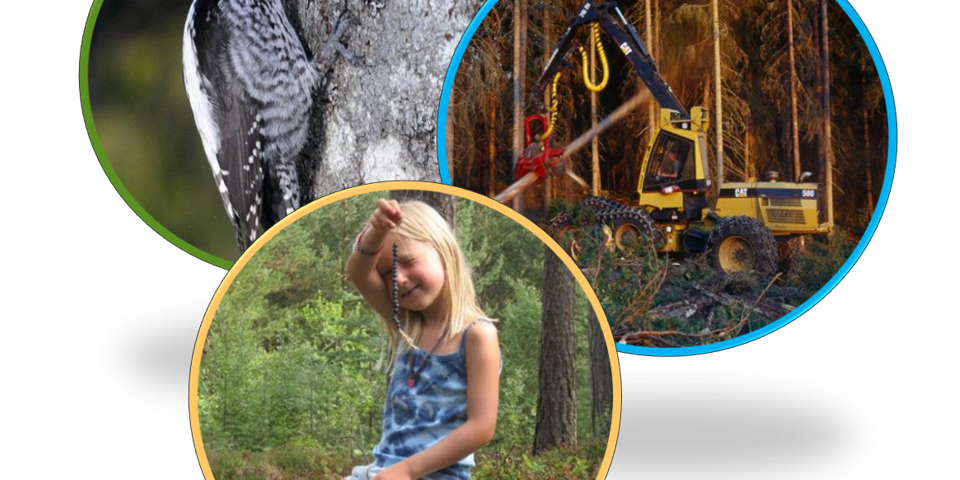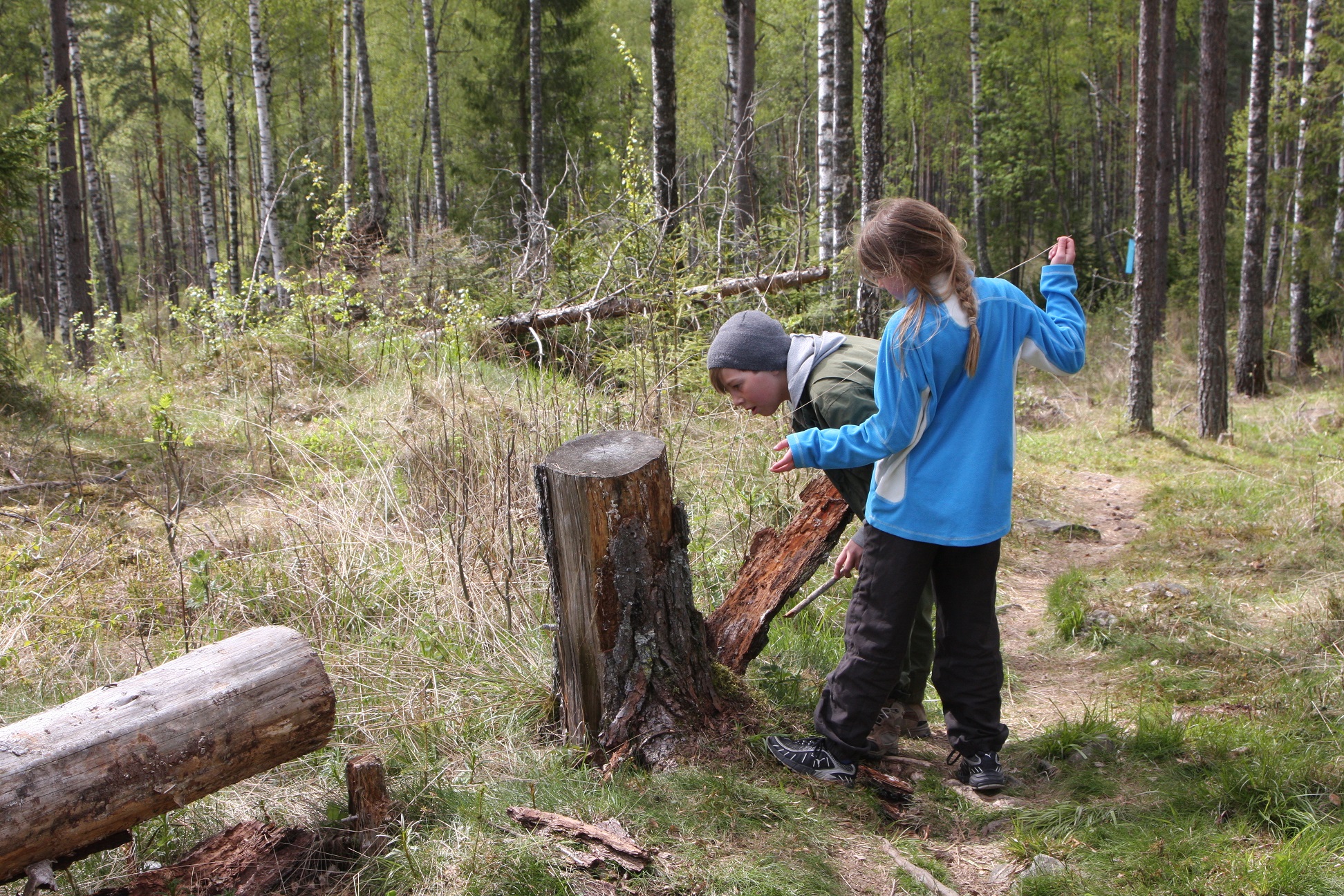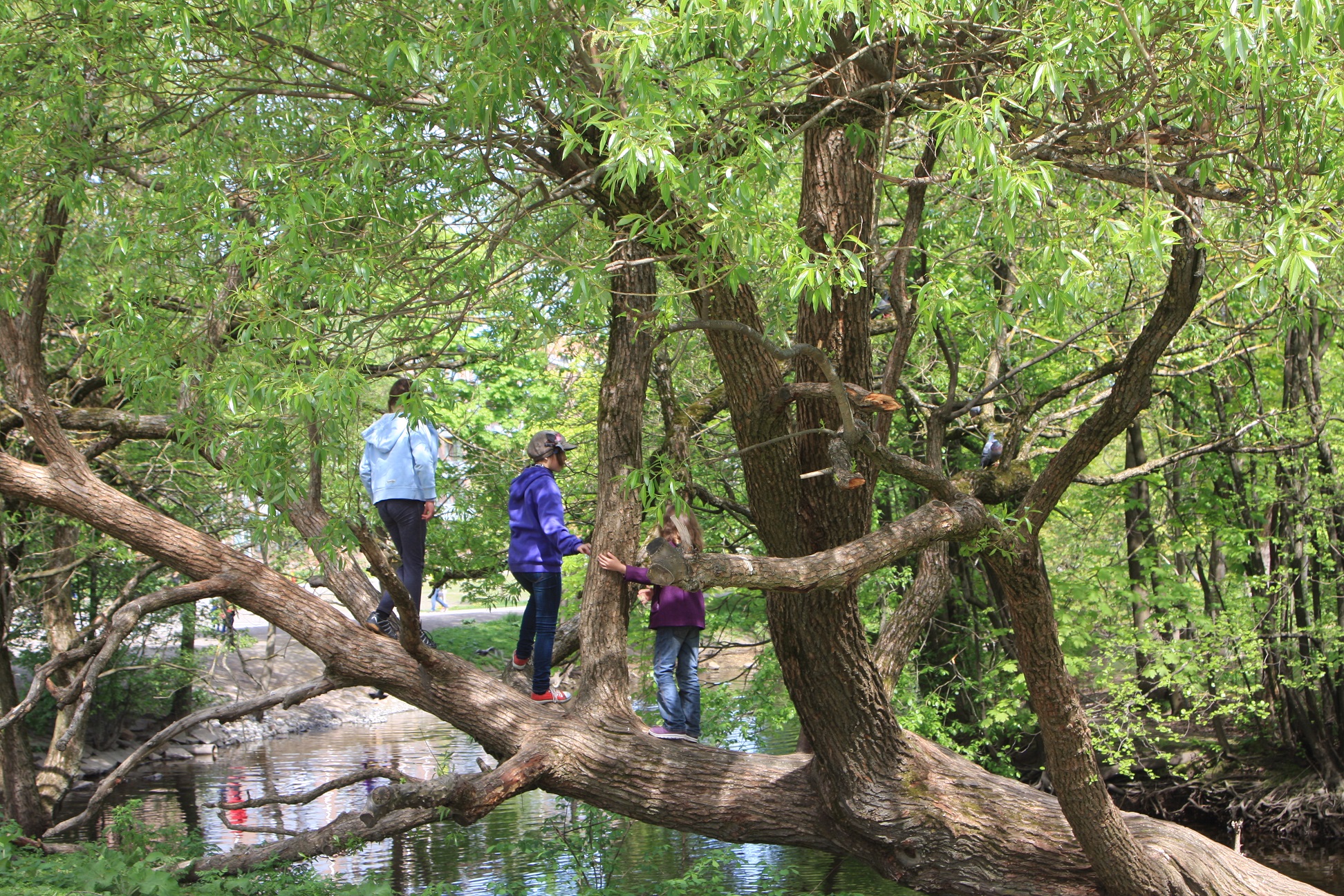New curriculum – new possibilities

Education in Nature Park Ucka, Croatia
17. October 2019
European Finals of the International Competition YPEF (Young People in European Forests)
21. October 2019
New curriculum – new possibilities
Authors: Anna Lena Albertsen, FEI, Norway
I n Norway, new national school curriculum is in development, and will be valid from autumn next year. Is this something that should be of interest to the forest industry and forest pedagogues? The answer should be yes.
Tomorrow’s decision-makers
If it is in our interest to communicate about forest activities and the values of the forest, then the answer should be yes. Forestry, like other industries, is dependent on acceptance and understanding from the general public. An ever-lower proportion of the population is associated with primary industries, which gives less knowledge about raw material utilization and the different aspects of forest management. This leads to a growing need for communication with the public.
The climate changes are now referred to as the climate crisis, and the need for sustainable solutions is urgent. The preservation of ecosystems and the role of the forest is of concern to people in general.
If we can be a provider of facts, hands-on experiences and teaching material for the schools, then we have an opportunity to convey the different values of the forest to the younger generation. The school as an arena for communication, offers an opportunity to convey a comprehensive understanding of forestry. Every year new pupils start at school. These pupils are tomorrow's employees, tomorrow's consumers, and tomorrow's decision-makers.
In order to be recognized as a serious actor and a relevant provider to the schools, it must be done on the school's premises. What we offer to the schools, should be an integrated part of the education. Thus, if we wish to be present in schools, the first step is to read the school curriculum.
The needs in a changing society
The curriculum describes what knowledge and skills the pupil is supposed to acquire in different subjects. More importantly, the curriculum defines which competences the pupil is thought to need in the future. In this sense, the school curriculum reflects the needs of the society.
The new curriculum in Norway addresses three interdisciplinary themes: democracy and citizenship, public health and life management, and sustainable development. These are not separate subjects, but socially relevant issues that must be integrated in appropriate subjects. In the description of the themes, it says: “Pupils will gain insight into challenges and dilemmas within the topics. They will understand how we can find solutions through knowledge and collaboration, and they will learn about the connections between actions and consequences.”
The technological development and the changes in the society are at a higher pace than ever before. The school cannot provide pupils with all the knowledge they need. The curriculum therefore emphasizes that pupils need to a set of skills, like the ability to acquire new knowledge and to assess sources. Critical thinking and reflection should be tools to separate fakes from facts, and to form their own opinions and make educated choices. In an ever more complex world, they must try to seek the holistic perspective. And finally, through collaboration they must find solutions together.
No doubt, this is not an easy task. When autumn 2020 comes, all teaching will be done according to new curricula. The schools need to make plans for their educational programmes, and many teachers will search for learning resources.
The role of the forest
Sustainable development is a central theme in the new curricula, a complex theme. The good news is that, with forestry as an example, the pupils may study this in their nearby forest: They can investigate the biodiversity of the forest, perform a local survey how people use the forest, and join a forester to study the management of this forest.
By offering solid teaching programmes, forestry can show an industry that comprises all the elements of sustainable development: Environment, Society, Economy. Or, if you like, the three Ps: Planet, People, Profit. With the forest as a case, the pupils can see an industry which meets the demands of the public, and the challenges of the future. Through democratic processes, consumer power has led to certification of timber, which imposes a focus on the environmental and social values of the forest. Through research, the forest industry is continuously developing new and intelligent utilizations for timber. Modern forestry provides an efficient carbon sink and a renewable resource. In Norway, an increasing number of buildings, bridges and houses are constructed of solid wood, an asset to both the indoor climate and the world’s climate.
Through good teaching programmes adapted to the needs of the school, forest industry and forest pedagogues may tell the story of the forest. The story of the forest and the many roles it may play in our modern society.



